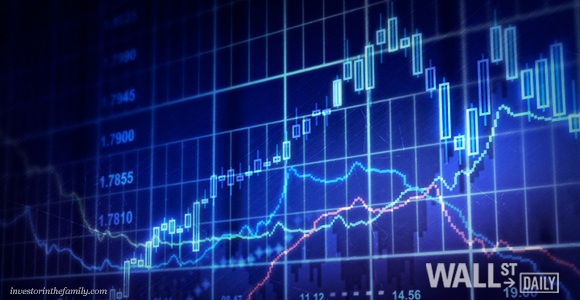
August was a terrible month for the stock market. In fact, it wasn’t just bad – it was historically bad.
The S&P 500 (SPY) fell 6%. The Nasdaq (QQQ) fell 8%. And the Dow Jones Industrial Average (DIA) posted its worst August performance of the last 17 years.
Meanwhile, you’ve likely heard the word “volatile” used a hundred times to describe last month’s action. But what you might not know is that this market volatility can be quantified and traded like a stock.
It’s one of Wall Street’s best-kept secrets, and I’m going to demonstrate how you can exploit it for profit.
Enter the VIX
The CBOE Volatility Index, or VIX (VIX), is a measure of implied volatility of S&P 500 options. You might also know the VIX as the so-called “fear gauge.”
Since 1990, the index has been used to forecast large directional moves in the stock market.
At its core, volatility is simply the measure of variance of a security’s returns. One of the methods most commonly used to calculate volatility is the standard deviation of a given return.
In the context of equity options, the volatility of the underlying asset is built into the premium (price). Generally, the more volatile a stock is, the more expensive its options will be at any given time.
This concept also applies to the broader market. The VIX is an average of option premiums on the S&P 500 itself.
So, if things are calm in the market and investor confidence is high, the VIX will be low. Conversely, when market confidence wanes and trading gets choppy, the VIX will rise.
The all-time average reading on the VIX is 20. The index bottomed out in 2007 around 10 and peaked at the height of the financial crisis in 2008 at almost 90.
Right now, the VIX is above average at 30.
Options Traders Love the VIX
The VIX is a major technical indicator used by options traders to determine strategy. You’ll recall, option prices have a direct relationship to market volatility.









Leave A Comment